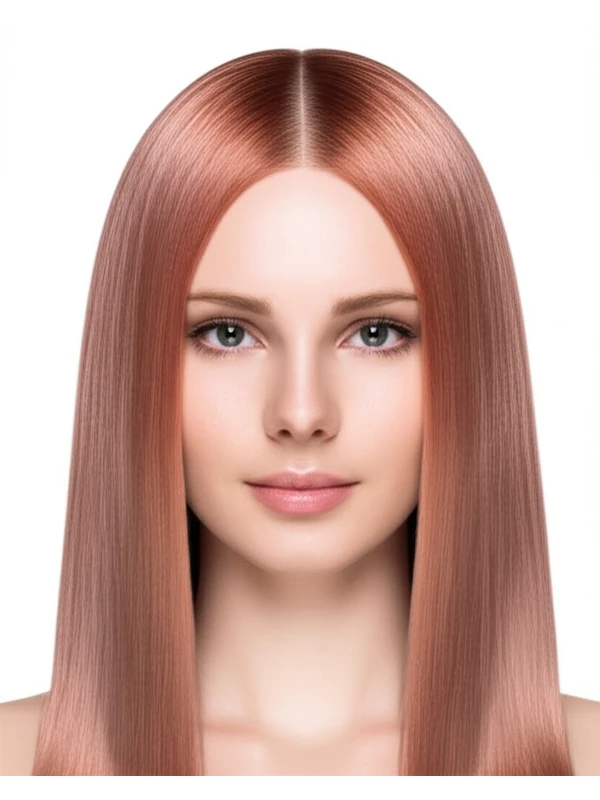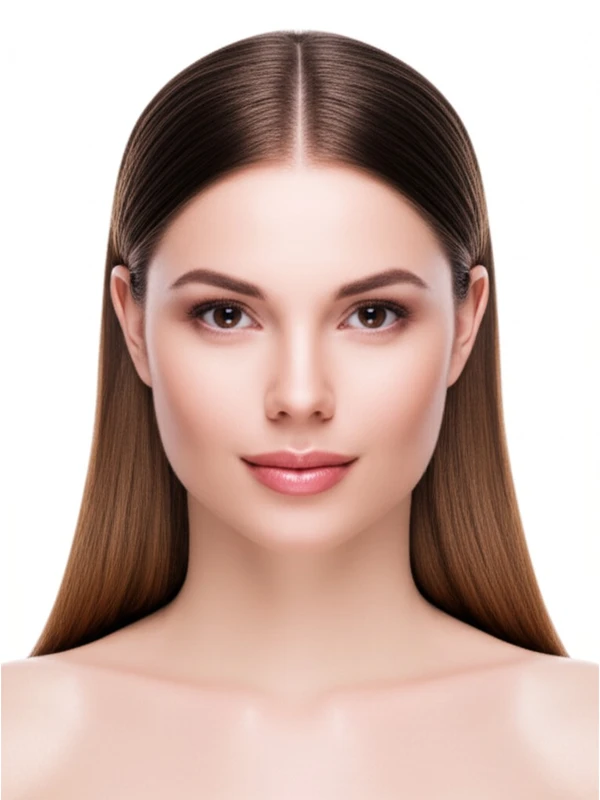#Toning Refresh: Your Guide to Radiant Color
Toning is a common step after lightening or coloring hair, but what exactly is a toning refresh? This guide breaks down everything you need to know about this popular technique – from how it works to how to keep your color looking its best.
#1. What is a Toning Refresh & How Does It Work?
A toning refresh isn't adding permanent color; instead, it’s using temporary or semi-permanent pigments to adjust the undertones of existing hair color. Think of it as fine-tuning – correcting brassiness, enhancing warmth, or creating subtle dimension.
Tools You’ll Need:
- Toner/Gloss: This is the pigmented product applied to the hair. Different colors neutralize different tones (more on that below).
- Developer (Low Volume): A low-volume developer (usually 10 or 20 volume) activates the toner and helps it deposit color. Some toners are "deposit only" and don't require a developer. Your stylist will know which to use!
- Mixing Bowl & Brush: For precise application.
- Gloves: To protect your skin from staining.
- Towel: To blot excess moisture from hair before applying the toner.
Application Placement & Timing:
The placement of toner depends on the desired effect. It’s often applied all over, but can be focused on specific sections like face-framing layers or areas prone to brassiness. Timing varies (typically 5–30 minutes) and is determined by your stylist based on your hair's porosity, color goals, and the toner used.
#2. Best Use Cases: What Can a Toning Refresh Achieve?
Toning refreshes are versatile! Here’s what they can do for you:
- Neutralize Brassiness: Orange or yellow tones often appear after lightening blonde hair. Purple-based toners counteract these warm hues.
- Add Dimension & Warmth: Copper, gold, and bronze toners add richness and depth to lighter shades.
- Soften Root Lines (Root Blur): A subtle toning refresh can soften the contrast between your natural roots and previously colored hair.
- Face-Framing Highlights: A targeted toner application around the face can brighten up facial features.
- Subtle Color Correction: Adjust a color that isn’t quite right – perhaps too ashy or lacking vibrancy.
#3. Who Suits a Toning Refresh?
Not everyone is an ideal candidate for every toning technique, so let's break down who generally benefits:
- Natural Hair Color Level: Best suited for those with pre-lightened hair (levels 8–10 on the color scale). It works well on previously colored hair too.
- Undertone Considerations: Understanding your undertones is key! Cool skin tones often look best with cooler toners (ashy, pearl), while warm skin tones shine with warmer toners (gold, copper). Your stylist will assess this.
- Hair Type/Texture: All hair types – straight, wavy, curly, coily – can benefit from toning. However, porosity plays a crucial role (see below). Denser hair may require more product and longer processing times.
- Hair Density: Fine hair processes toner quickly; thick or coarse hair requires more time for even saturation.
- Hair Length: Works on all lengths – short bobs to long layers.
- Lifestyle: People who want low-maintenance color updates, or those seeking a subtle change without a drastic commitment are great candidates.
Porosity Matters! High porosity hair (absorbs moisture quickly) processes toner faster and may require less time. Low porosity hair (resists moisture absorption) needs more processing time to achieve desired results.
#4. Toning Refresh vs. Similar Techniques
It's easy to get confused with all the color terminology! Here’s a quick comparison:
- Balayage & Foilyage: These are lightening techniques that create highlights. A toning refresh follows these processes to refine the overall tone and brightness of the highlighted sections.
- Highlights: Traditional foil highlighting creates more defined lines than balayage or foilyage. Toning refreshes blend those lines and adjust the color.
- Root Smudge/Shadow Root: These techniques soften root lines by blending darker roots into lighter hair. A toning refresh can enhance this blended look, adding warmth or neutralizing unwanted tones within that transition zone.
#5. Maintenance & Longevity: Keeping Your Tone Vibrant
- Salon Timing: Toning refreshes typically last 4–8 weeks depending on your hair’s porosity and how often you wash it.
- Toner/Gloss Refresh: A re-application of toner every 6–12 weeks is common to maintain the desired tone. A gloss can add shine and help prolong color vibrancy.
- Grow-Out Behavior: As your natural roots grow in, the toned hair will gradually fade. The contrast between the root color and toned lengths will become more noticeable over time.
- Budget/Time Planning: Toning refreshes are generally less expensive than full color applications (typically $50–$150). They take around 30-60 minutes in the salon.
#6. At-Home Care Tips for Toned Hair
- Wash Cadence: Wash your hair less frequently – 2–3 times a week is ideal.
- Cool Water Rinse: Hot water opens the cuticle, causing color to fade faster. Rinse with cool or lukewarm water.
- Color-Safe Shampoo & Conditioner: These products are formulated to be gentle and prevent color stripping.
- Heat Protection: Always use a heat protectant spray before using styling tools like straighteners or curling irons. Heat accelerates color fading.
- Purple Shampoo (Use Sparingly): If you have blonde hair prone to brassiness, purple shampoo can help neutralize yellow tones between salon visits – but overuse can lead to a lavender tint!
#7. Pros & Cons of Toning Refresh
Pros:
- Subtle color adjustments
- Corrects unwanted undertones (brassiness)
- Adds dimension and shine
- Less damaging than permanent hair color
- Relatively quick and affordable salon visit
Cons:
- Temporary results – requires regular touch-ups.
- Can be ineffective on dark or unlightened hair
- Overuse of purple shampoo can cause unwanted tones
#8. Salon Consultation Script: What to Discuss with Your Stylist
Your stylist should ask questions like these:
- What are your color goals? (e.g., brighter, cooler, warmer)
- Do you have any concerns about brassiness or undertones?
- Have you had any previous color treatments?
- What is your hair's porosity level?
- How often do you wash your hair and use heat styling tools?
- What’s your budget and how much time can you dedicate to maintenance?
#9. Frequently Asked Questions (FAQs)
- Can I tone my virgin (uncolored) hair? Typically no, a toning refresh is designed for pre-lightened or previously colored hair. Lightening is required first.
- What does the number on toner packaging mean? This refers to the level of lift/deposit – higher numbers indicate stronger pigment and potentially more noticeable change. Your stylist will choose the appropriate level based on your existing color.
- Can I tone my hair darker? Yes, but it's generally best to stay within 1-2 levels of your current shade for optimal results.
- Why is my toner turning green? This usually indicates too much blue pigment being deposited (often due to overuse of purple shampoo). A clarifying treatment may help remove the excess color.
- Can I tone my hair at home? While possible, it's risky without proper knowledge and experience. Professional application ensures even coverage and avoids unwanted results.
- How long does a toning refresh take in the salon? Typically 30–60 minutes, but can vary based on length and complexity.
- Will a toner damage my hair? Toning itself is less damaging than lightening processes, however using too high of a developer volume can cause some protein loss. Always consult with your stylist about the best approach for your hair type.
- Can I get an allergic reaction to toner? While rare, allergies can occur. A patch test (applying a small amount of product behind the ear) is always recommended before a full application, especially if you have sensitive skin or known allergies.

